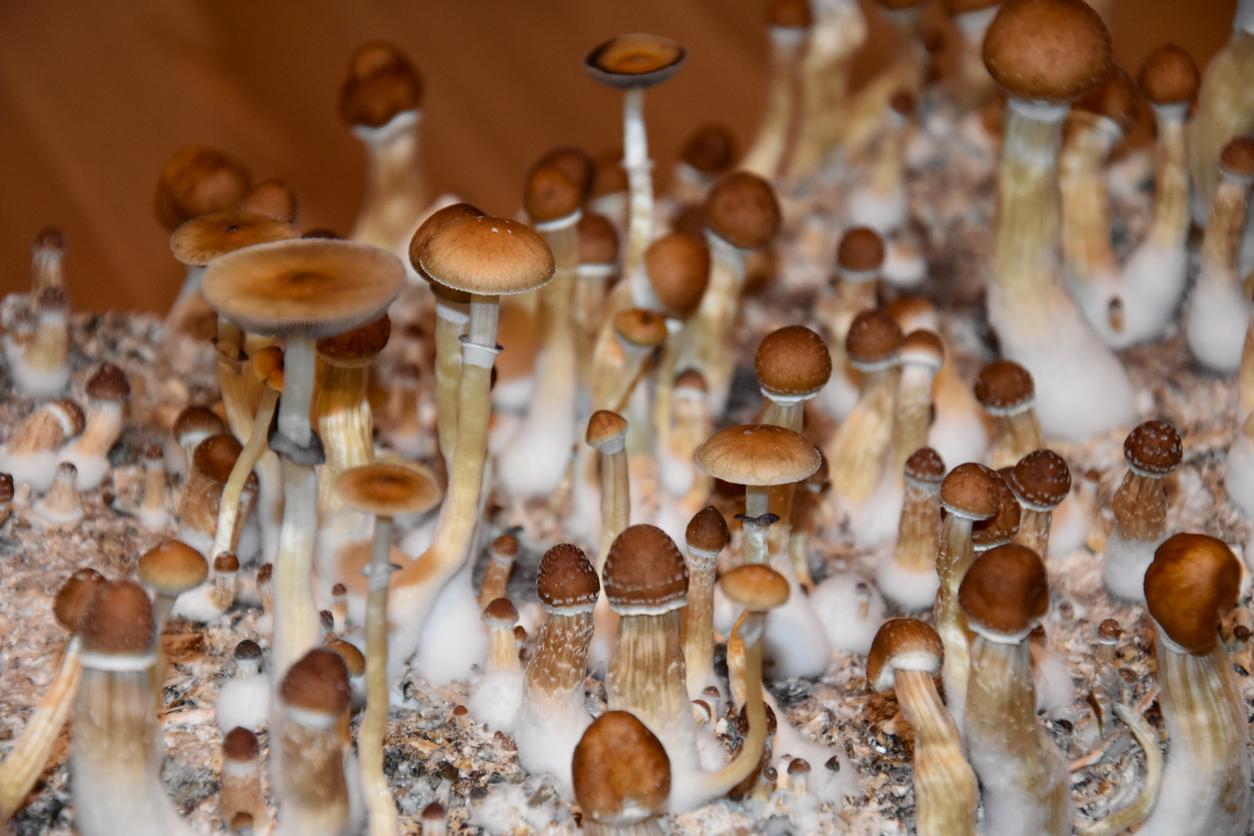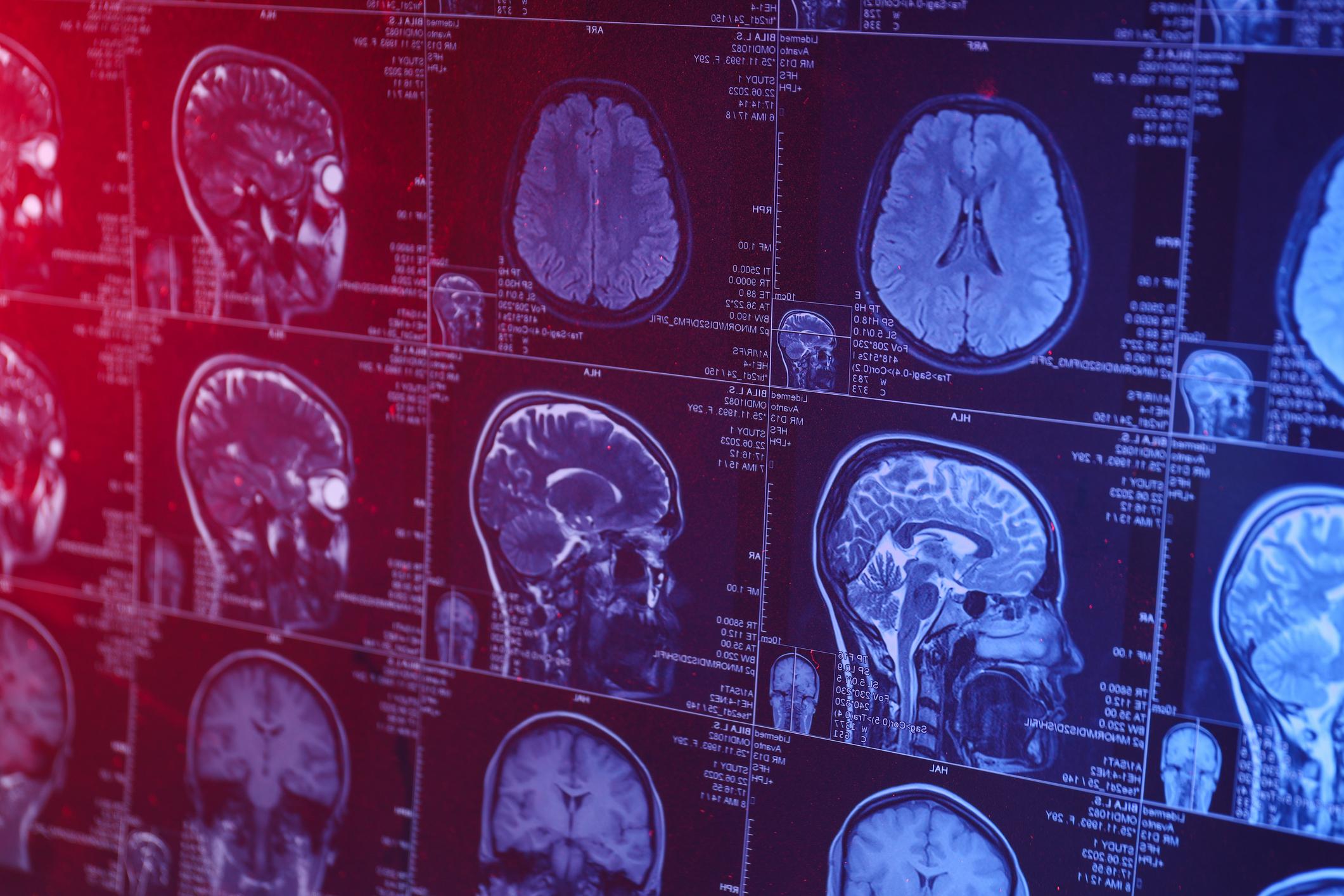The volume of gray matter in two parts of the brain may be linked to the urge to start smoking during adolescence and to nicotine addiction.

- Gray matter, whose growth reaches its peak before adolescence, is the brain tissue that processes information.
- Its low volume in the part of the left frontal lobe, linked to decision making and rule breaking, increases the likelihood of smoking in adolescence.
- Once the nicotine habit is established, the gray matter in the right frontal lobe also shrinks, which can weaken control over smoking.
“Youth smoking is an urgent public health problem. However, the neural mechanisms underlying smoking initiation and maintenance during adolescence are unclear,” said an international team of researchers. That’s why she decided to carry out a study. For the purposes of the work, the scientists used information collected by the IMAGEN project in four European countries: United Kingdom, Germany, France and Ireland. They looked at behavioral and brain imaging data from over 800 young people who had smoked at age 14 and those who had not smoked, then they did another analysis for the same participants at age 14. 19 and 23 years old.
Less gray matter in the left and right prefrontal cortex of young smokers
According to the results, published in the journal NatureCommunications, teens who started smoking before age 14 had significantly less gray matter in a part of the left frontal lobe linked to decision making and rule breaking. The authors speculated that low gray matter volume in the left side of the ventromedial prefrontal cortex could be a “hereditary biomarker” of nicotine addiction. Another finding: participants who started smoking at age 19 also had less gray matter in their left prefrontal cortex at age 14, “which indicates a potential causal influence”.
Next, the researchers examined their right ventromedial prefrontal cortex. They noted that this opposite part of the same brain region also had less gray matter in smokers. Data collected at age 23 showed that gray matter volume in the right prefrontal cortex decreased more rapidly in people who continued to smoke, suggesting an influence of smoking itself on prefrontal function.
Brain: a low volume of gray matter associated with smoking behavior
“A decrease in gray matter in the left frontal lobes is linked to behaviors that increase the likelihood of smoking in adolescence. Smokers then experience excessive loss of gray matter in the right frontal lobes, which is linked to behaviors that reinforce substance use. This could explain how young people start to smoke and how they become addicted.” concluded Tianye Jia, professor at Fudan University (China) and author of the research, in a statement.
















